Unleashing the power of visual memory
Creating photo-grids and sketch-grids to mine my memories of Lisbon
An integral part of my art practice is capturing colours, shapes and textures using photography - those things which catch my eye as I explore urban and rural environments. When I see something interesting, I think about what it is that attracts me. Is it the colour, or the shape, or the texture? It’s usually a combination of different things, but there’s likely to be a dominant feature.
Look, for example, at the photo below. What do you notice first?
For me, the immediate attraction comes from the holes - which give a deep blackness. They’re interesting because they’re structurally offset, so when I see one as a circle, the other will be an ellipse. This is visually interesting - it’s not amazing, or life-altering - it’s just something that caught my eye. Then I notice the rectangular form which acts almost as a frame to the holes and pipe structure - seeming to frame the pipe as a work of art. So, within 30 seconds or so, I’ve seen the object, snapped it, and moved on.
Back home in my studio, I create a grid of cropped images. I do this by looking at each photo, deciding what interests me and then isolating parts of the image. You can see a crop of the red pipe photo in the grid below.
When you look at each square, what attracts you?
For me, each image has a story, and, as a collection of cropped images, the whole grid tells a story: my visual memories of a specific place.
I use the same gridding process with my sketches. When I’m outside in the landscape, I’m capturing visual elements using paint and drawing materials rather than using a camera. I’m interpreting the space and place around me. Then, back in the studio, I photograph my sketches and digitally crop elements to create a grid.
If you watched my Lisbon Sketchbook Review then you might recognise parts of the images in this grid.
So, now I have two grids - both tell their own story about places in Lisbon. They remind me, not only of being at certain places, but also of the experience and the feeling of making art in those places.
Then the magic of visual memory starts to work as collective memories start to appear in my work. Let me demonstrate. The two paintings below are a direct response to thinking about being in Lisbon. They’re small works on A3 paper, each created quickly (less than an hour each).
Creatively, they’re unplanned: they develop through a direct response of me quickly choosing colours and drawing materials, and letting my visual memories play out.
Somewhere in each of these paintings are elements from the cropped grids. In fact, it wasn’t until I was writing this paragraph that I realised an association with the orange circle in the top right of this painting, with the orange ball in the bottom right of the cropped photo grid. I find that so cool: how my visual memories emerge unexpectedly in my art.
These new paintings now become part of my visual memory bank. I can go further and isolate the most interesting parts, crop them, and build more grids. Part of an endless cycle of visual discovery: as my paintings continue to shift in unexpected directions.
Practical Note: If you’re thinking of creating some grids you’ll find it’s best to use square crops (rather than rectangular), because you can easily rotate or flip them within the grid. To crop my photos I use the screen-grab function. On a Mac, press three keys at the same time: Command-shift-4, and then use the cursor to surround the part of the image you want to keep. The resulting cropped image should appear on your desktop. Then I use Google Drawing to bring together the set of cropped images into a grid.
Next time …
I’m in Lisbon again doing more work in the Cascais area, so I’ll hopefully have some new sketches to show.
If you missed my Lisbon Sketchbook Review on the Fate and Fictus news-blog, you can find it now using the link below.
About me
My name is David Bell and I’m an artist living in Sanremo, Italy. I write this blog for my band of supporters, giving an insight to my art and life generally living on the beautiful Riviera of Flowers.
Ciao4now … alla prossima.

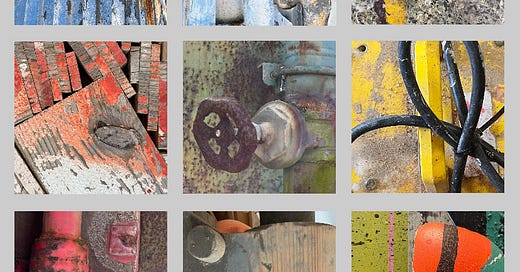


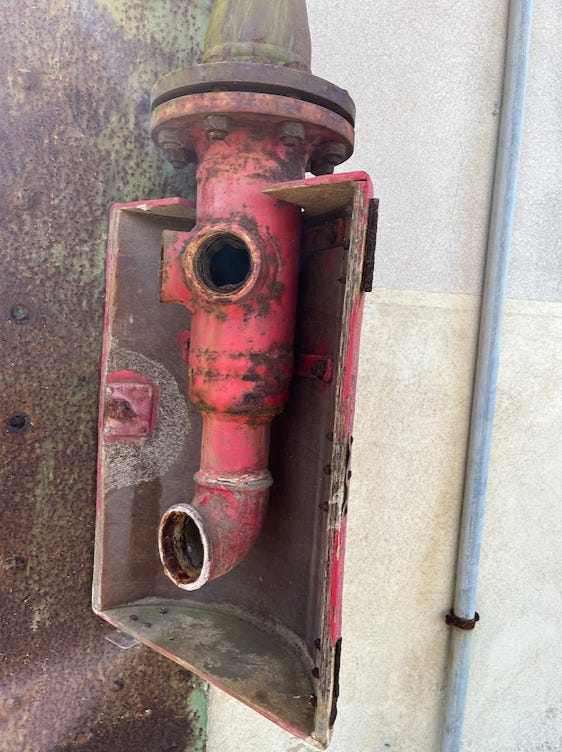

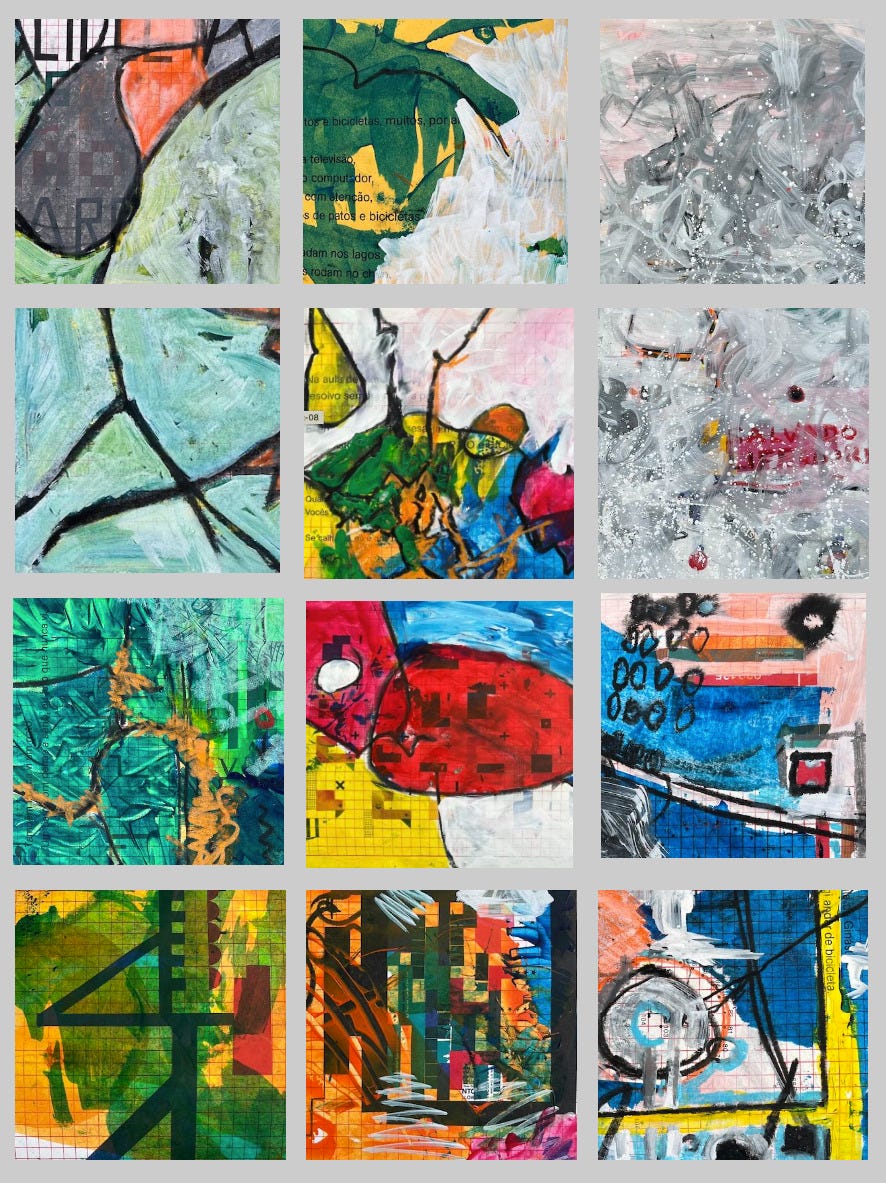
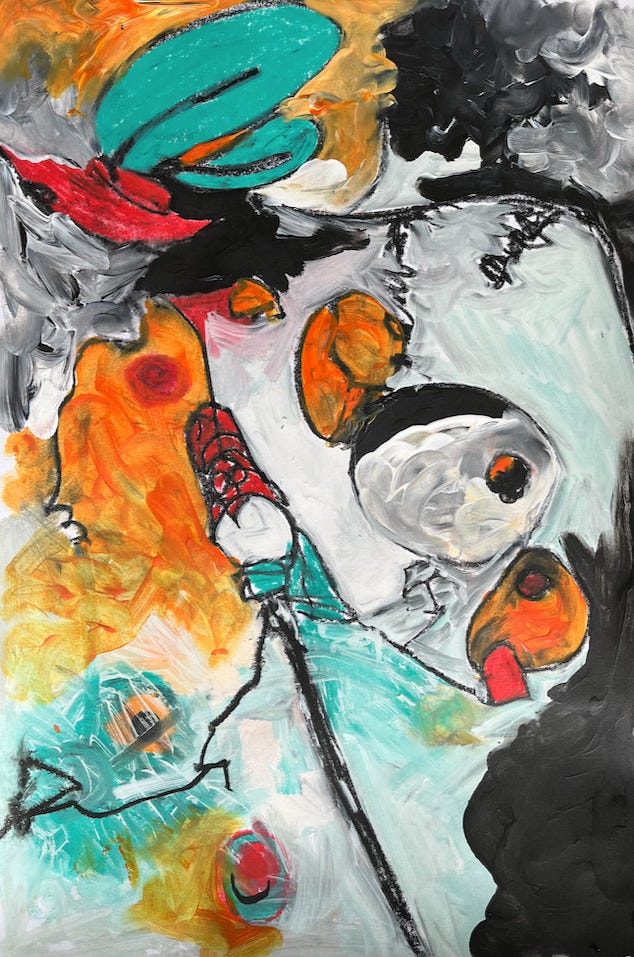
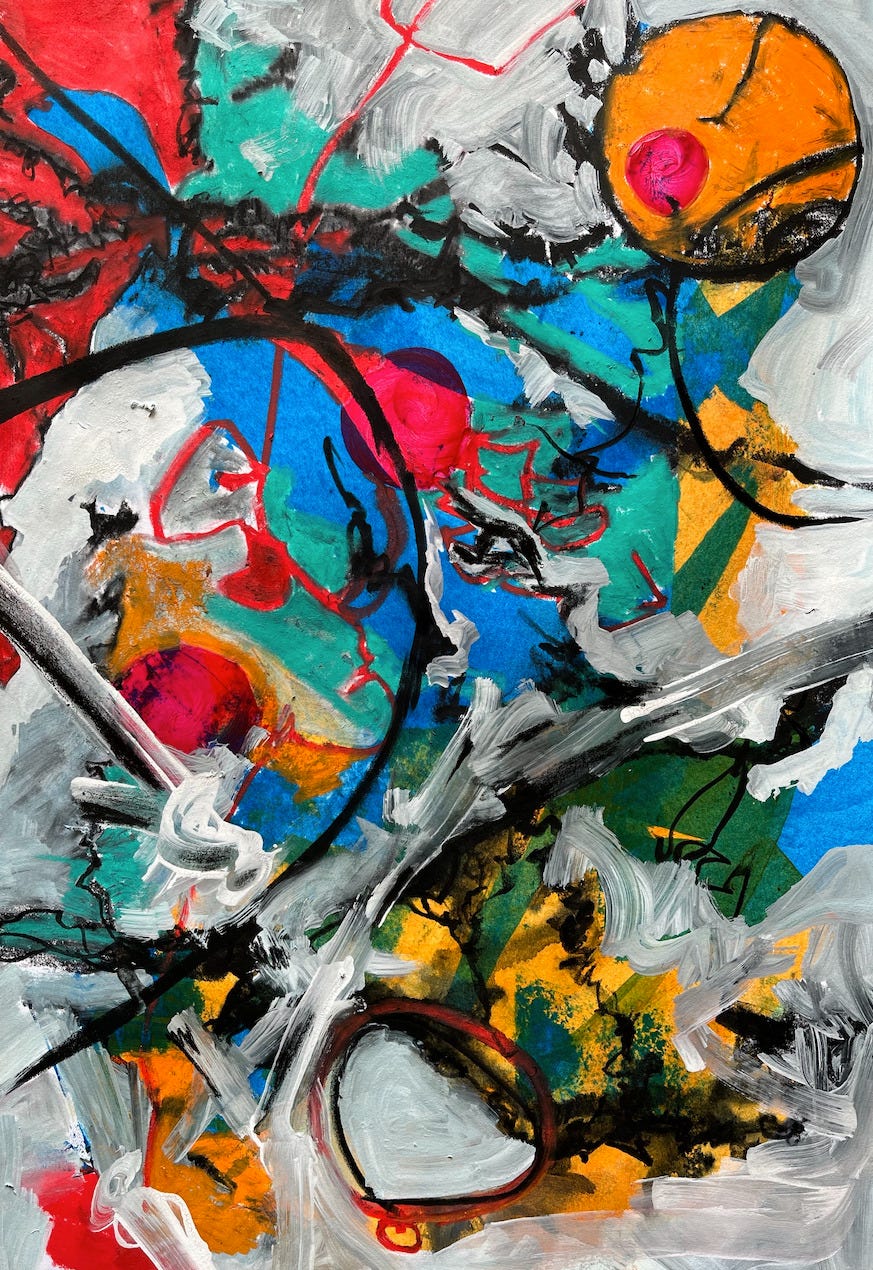
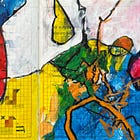
This is a really interesting process David.... I can see how it could generate a continuous stream of works :)